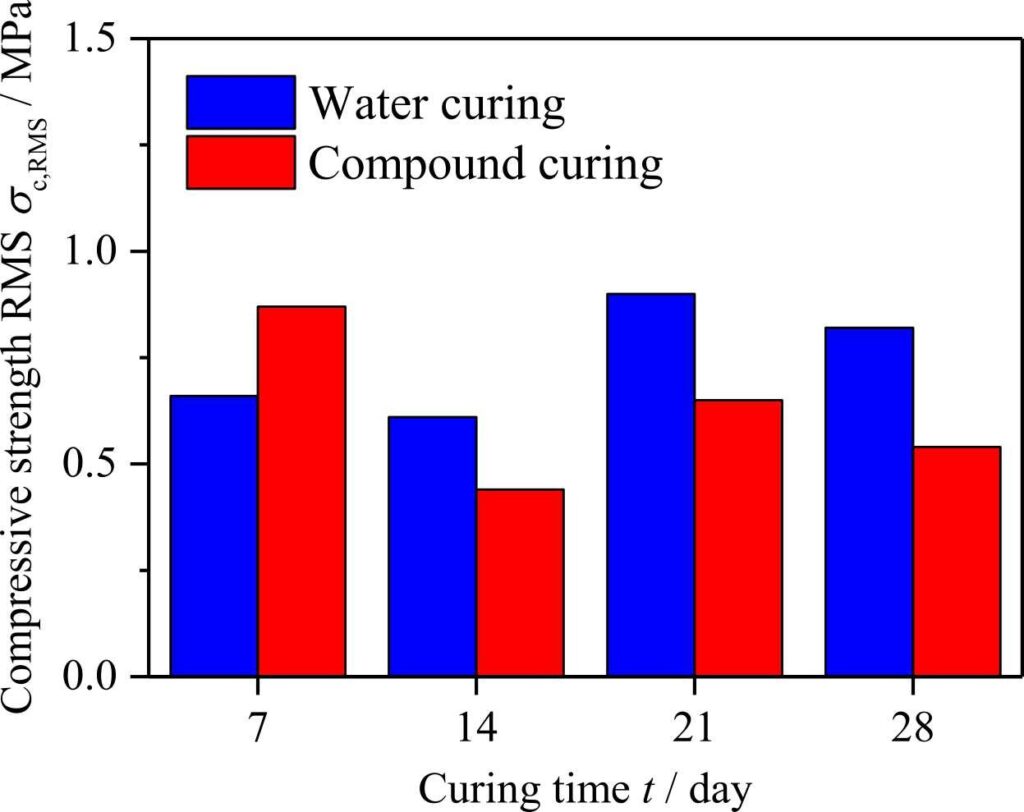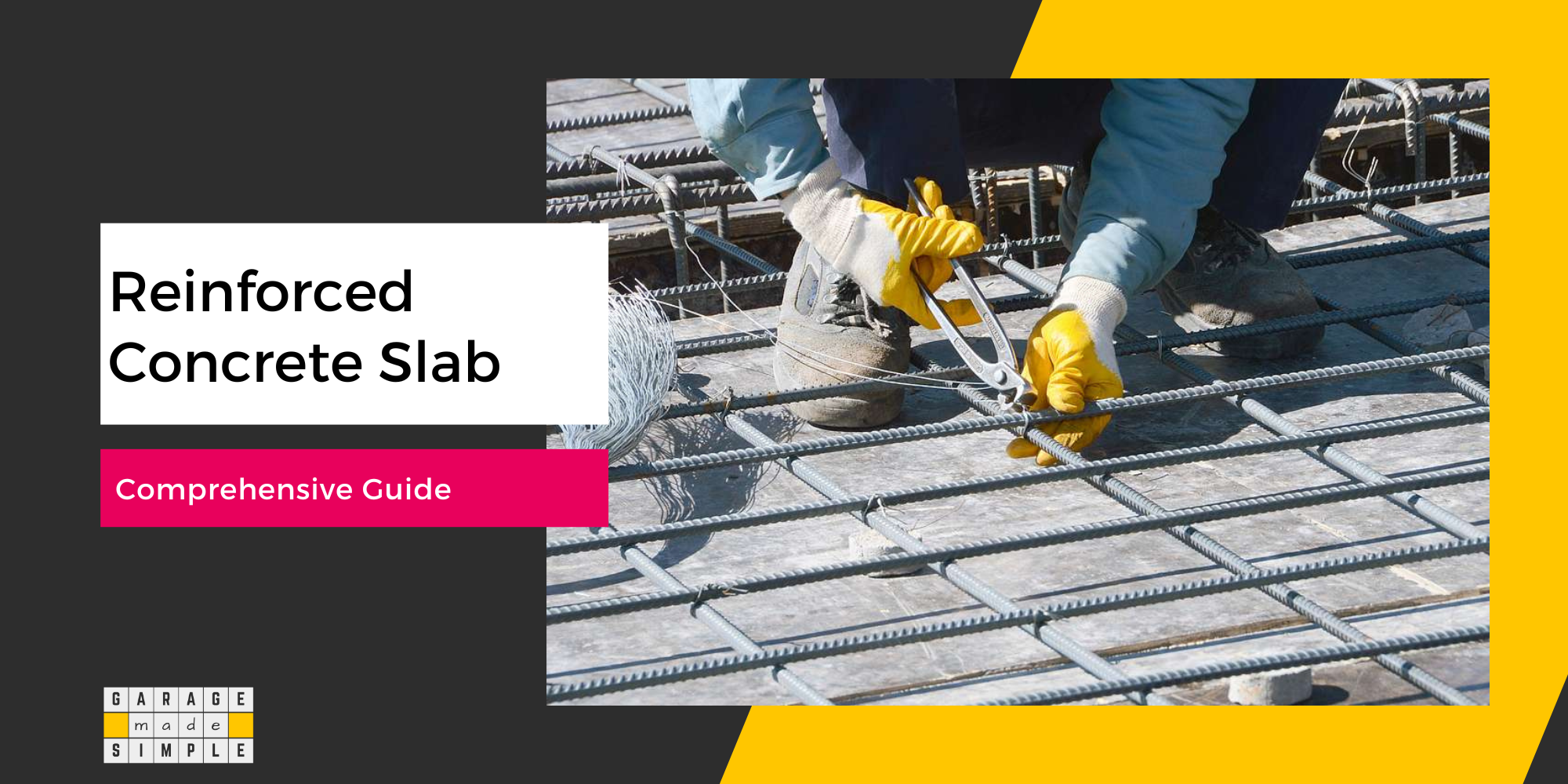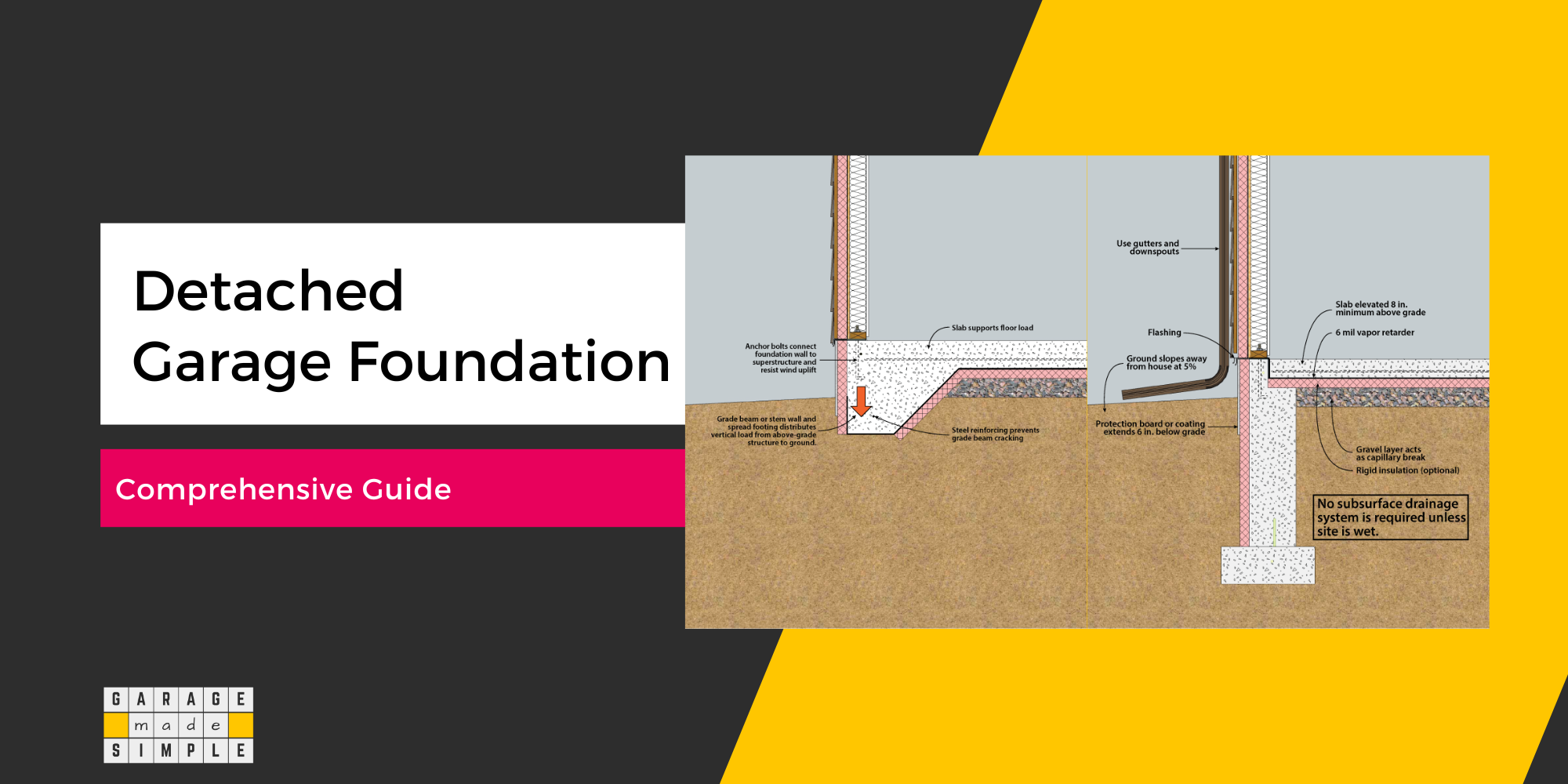Does Wet Curing Concrete Increase Garage Slab Strength? (Explained!)
As an Amazon Associate, I earn from qualifying purchases.
Wondering if wet curing concrete will increase the strength of your garage slab? Let’s cut to the chase.
Water curing of concrete results in around 50% increase in compressive strength over a 28 day curing period, as compared to chemical curing of concrete.
This is based on a research paper published in ScienceDirect.
In this article I will explain the different types of concrete curing techniques, of which wet curing is one of the types. I also talk about the various wet curing methods, such as water curing, ponding, misting, and burlap covering, each serving to maintain moisture levels and promote proper curing.
Lastly I give you a simplified step-by-step method for wet curing concrete garage slabs and details of the advantage in higher strength development by adopting the wet curing method.
What Is Wet Curing Concrete?
Wet curing concrete involves keeping the concrete surface consistently moist by various methods for a specific duration, typically around 7 days. This process aids in the proper hydration of the concrete, leading to increased strength and durability of the garage slab.
One common technique is wet-curing with blankets, where special curing blankets are laid over the concrete slab and kept constantly wet for up to 28 days. While effective, this method can be time-consuming and expensive, and improper execution may result in differential curing marks.
Other wet curing methods include water curing, ponding, misting, and burlap covering. Water curing involves replenishing evaporated water to maintain surface moisture, while ponding creates a shallow pond of water on the concrete surface.
Misting and burlap covering help retain moisture for extended periods, though each method has its practical considerations and limitations.
Different Types of Concrete Curing Techniques
Concrete curing is an absolute must for your garage slab to develop the required strength and durability. Essentially there are 3 commonly followed techniques for curing concrete, each with its pros & cons.
1. Wet Curing:
This method involves keeping the concrete surface consistently moist by various means, such as water curing, ponding, misting, or using wet-curing blankets. Wet curing ensures proper hydration of the concrete, leading to increased strength over time.
2. Dry Curing:
In contrast to wet curing, dry curing involves preventing moisture loss from the concrete surface. This method typically uses coverings or sealants to retain moisture and promote proper curing without the need for constant watering.
3. Chemical Curing:
Chemical curing involves the use of curing compounds or sealants applied to the concrete surface. These compounds create a barrier that retains moisture within the concrete, accelerating the curing process and enhancing strength development.
How Does Wet Curing of Concrete Work?
Wet curing is a method used to enhance the strength and durability of concrete structures like garage slabs. It involves keeping the concrete surface continuously moist for an extended period, typically seven days or more.
During wet curing, the water helps maintain the necessary moisture levels within the concrete, allowing it to properly hydrate and gain strength over time. This process is crucial in preventing cracks, improving surface hardness, and increasing resistance to wear and tear.
By ensuring adequate moisture through wet curing, you can optimize the curing process and ultimately achieve a stronger and more durable garage slab that can withstand the demands of daily use and environmental factors.
Different Methods of Wet Curing a Garage Floor Concrete Slab
You could use one of the following methods of wet curing a garage floor concrete slab:
- Water Curing: This traditional method involves continuously wetting the concrete surface to prevent moisture loss, promoting proper hydration and strength development.
- Ponding: Creating a shallow pond of water on the concrete surface helps maintain moisture levels, ensuring optimal curing conditions for enhanced strength.
- Misting: Regularly spraying water onto the concrete surface keeps it moist, facilitating the curing process and resulting in a stronger garage slab over time.
- Burlap Covering: Covering the concrete with burlap retains moisture and prevents rapid evaporation, promoting thorough hydration and improved strength.
- Curing Blankets: Specialized curing blankets placed over the concrete slab help maintain moisture levels, supporting proper curing and resulting in a stronger garage floor.
Wet Curing Concrete: Step-by-Step
Here is a simplified step-by-step process of wet curing concrete garage slab:
Prepare the Surface
After pouring the concrete for your garage slab, ensure the surface is level and free of debris.
Cover the Concrete
Use curing blankets or polyethylene sheeting to cover the entire surface of the concrete.
Keep Moist
Keep the concrete surface continuously moist for at least seven days by sprinkling water over the covering or using a sprinkler system.
Monitor Moisture
Check the moisture level regularly to ensure it remains consistent throughout the curing process.
Remove Covering
After the curing period, remove the covering and allow the concrete to air dry before using the garage space.
The concrete wet curing ensures proper hydration and strengthens your garage slab, making it more durable and resistant to cracking over time.
How Much Stronger is Wet Cured Concrete?
Wet curing concrete can significantly increase the strength of your garage slab. Research shows that properly wet cured concrete can gain up to 50% more strength compared to concrete that has been chemically cured.
This increase in strength is due to the hydration process, where water helps cement particles bond together more tightly, resulting in a denser and stronger concrete matrix.
Additionally, wet curing helps prevent cracking and improves durability, ensuring your garage slab lasts longer and can withstand heavy loads and environmental conditions with ease.
Thank you very much for reading the post. I do hope you found it informative and useful.







